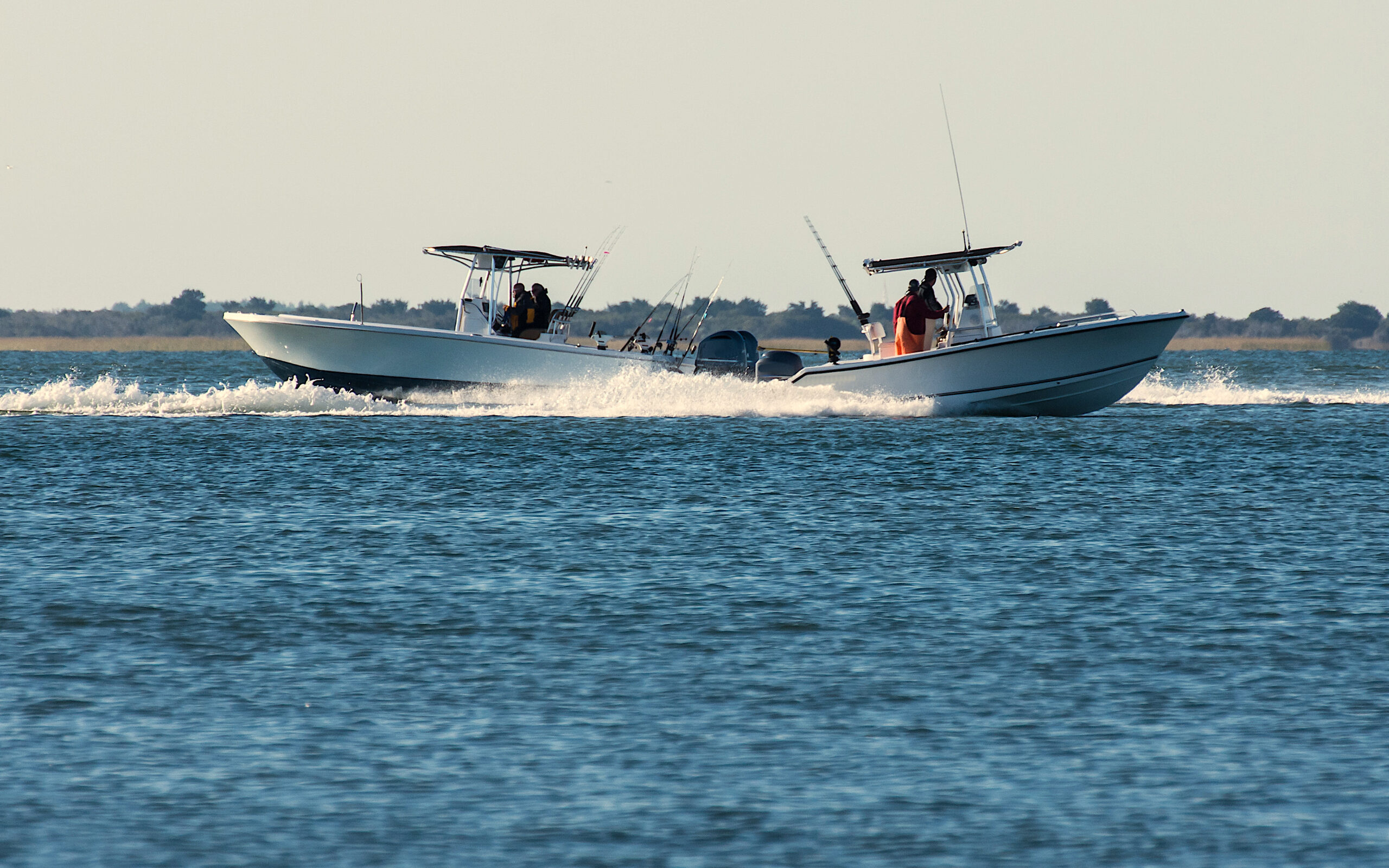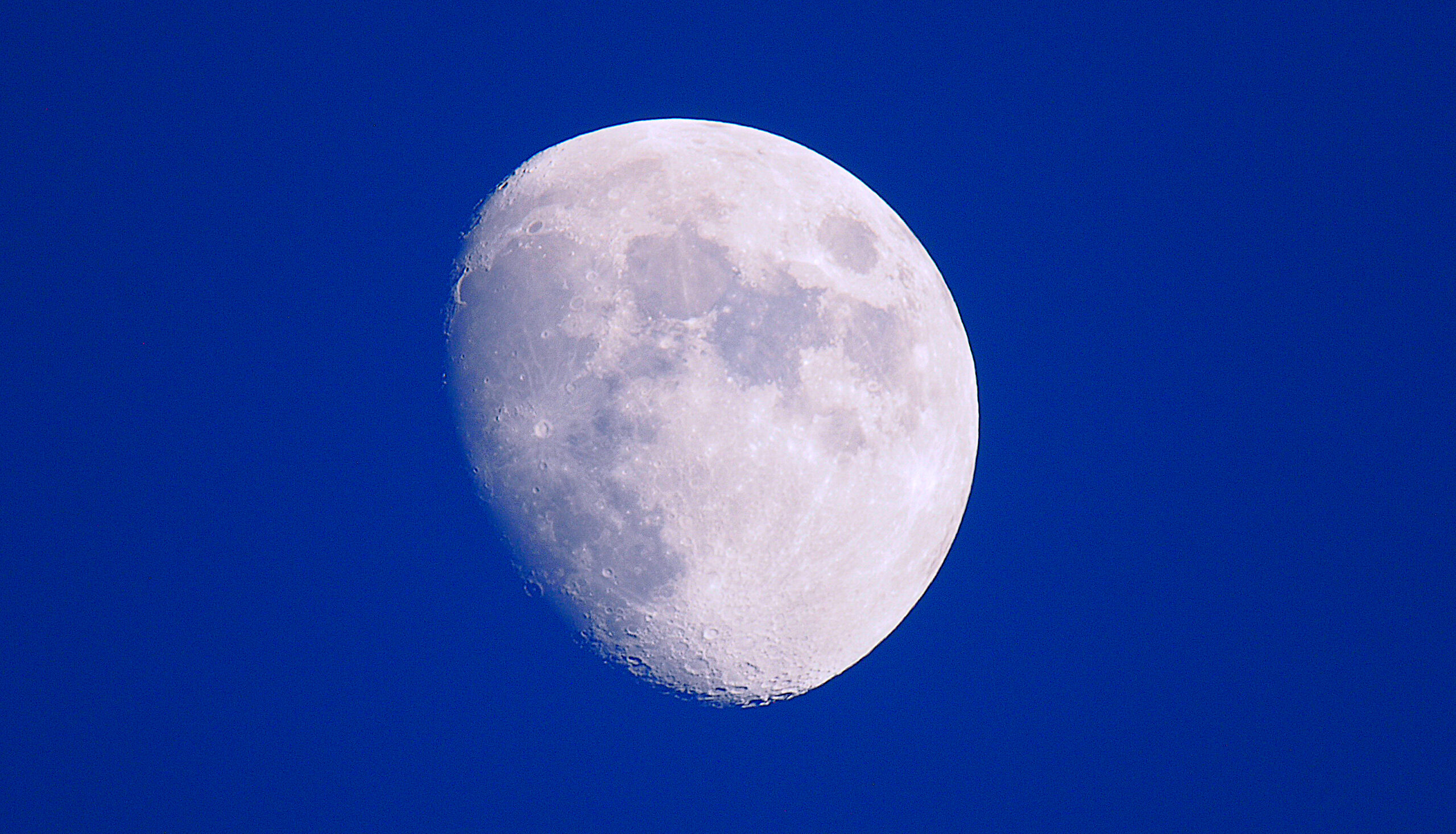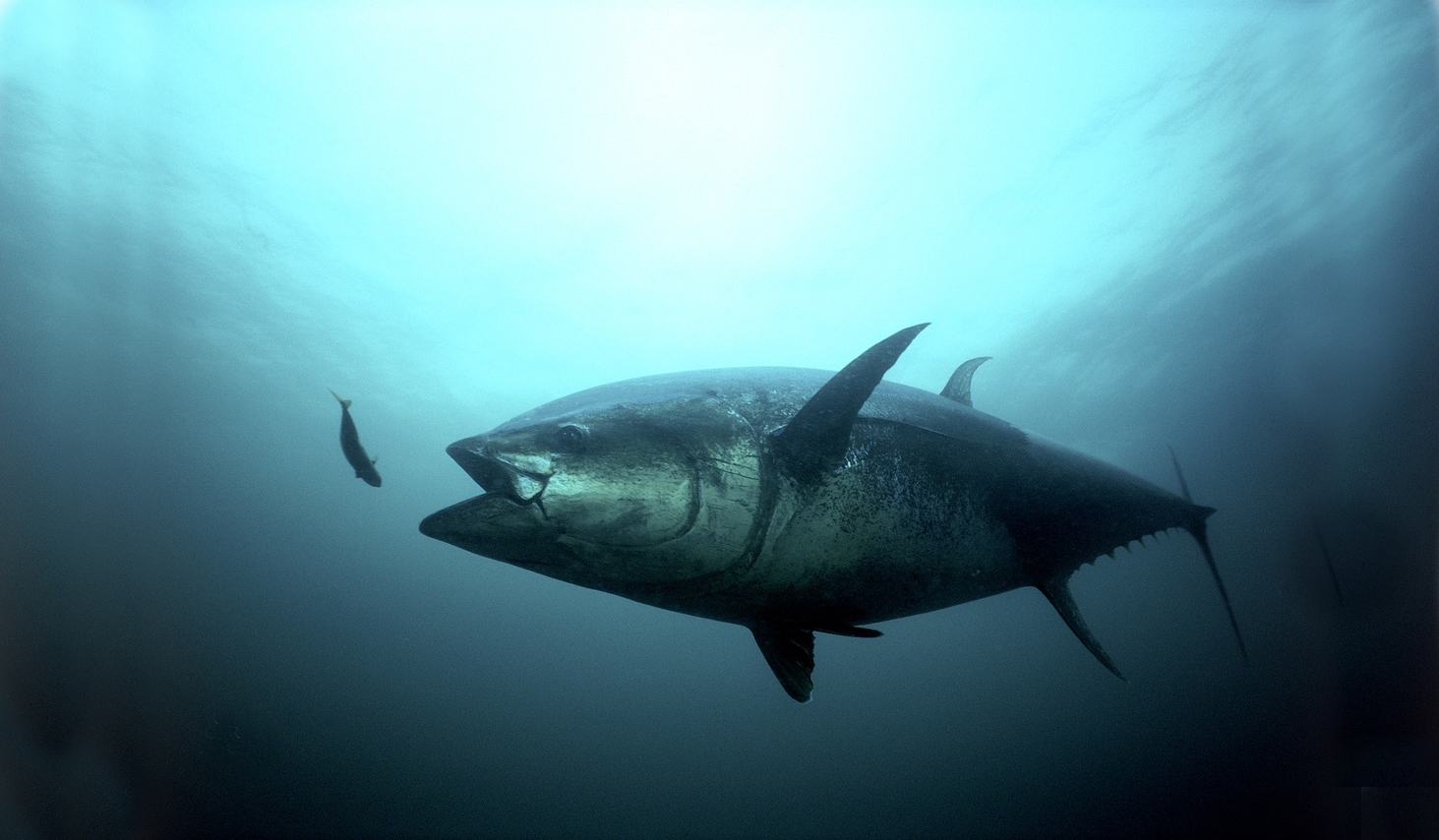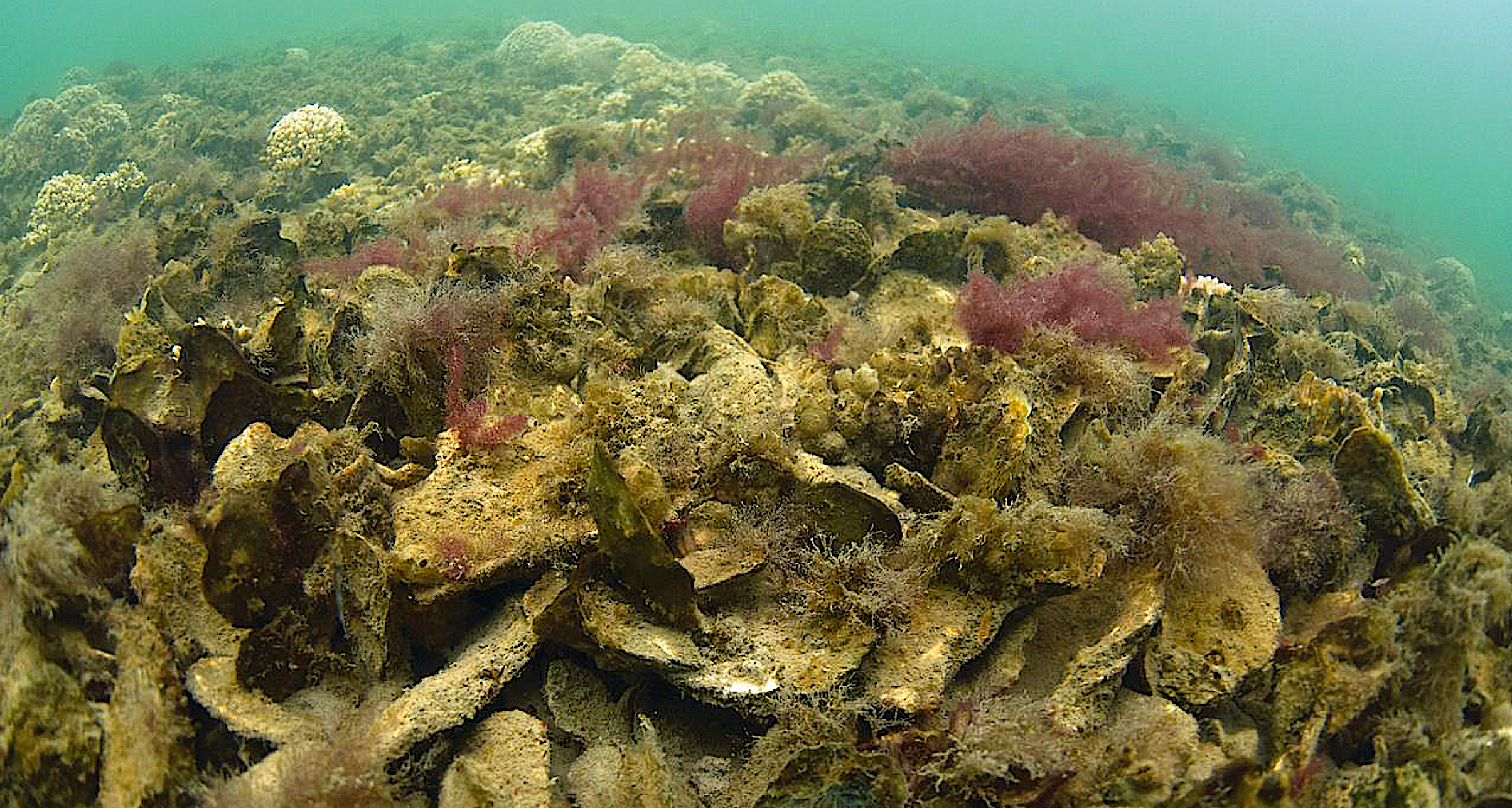World records suggest certain species are under pressure.
Research Need
For decades anglers have enjoyed trying to catch the largest fish for a prize. Although commercial fishing globally remains a principal cause of population declines for many species, there is rising concern that trophy fishing also causes harm. One reason is that the largest and oldest members of a fish population — in other words, the fish targeted in trophy fishing — have more offspring and better survival rates than younger, smaller fish.
The rapidly increasing numbers of recreational anglers worldwide makes it difficult to explore their impact on trends in fish populations. Could fishing world records provide insight into the impact of recreational fishing on fisheries?
What did they study?
Researchers analyzed 80 years of data from the International Game Fish Association database, to determine how trophy fishing trends have changed over time and whether they pose a threat to fish populations globally. The team focused on all-tackle records for saltwater species caught in oceans and coastal areas. They examined how the size and location of record catches have changed over time, in particular for threatened species.
What did they find?
The number of record catches, and the number of different species receiving records, has increased over time, especially since the 1980s. The average size of record catches, however, decreased, from 370 pounds in the 1950s to 18 pounds in the 2010s, as anglers focused on different species of fish that grow to shorter maximum lengths. Record catches for threatened species decreased by about 66% over the past two decades.
The research team also observed record catches spreading around the globe over time. Historically, anglers have made most record catches around the U.S. coastline, especially in south Florida, but Japan and New Zealand particularly saw increases in record catches over the past two decades.
So what?
Over the past 80 years, trophy anglers have moved toward catching a wider variety of smaller species, particularly in the U.S. The shift may be due to the declining abundance of larger fish species — including threatened species — and the increasing difficulty in catching “trophy-sized” fish, raising concerns for conservation.
The authors acknowledge that the data may not be completely reliable due to potential incompleteness and glitches in the archives of world record catches. They note that the records inherently underestimate the number of fish caught in trophy efforts and highlight the need to collect data for “near-miss records” — catches that almost break a record — to better understand the impact of trophy fishing.
To keep trophy fishing sustainable, the research team encouraged catch-and-release initiatives, especially in hotspot areas. For example, the International Game Fish Association introduced an “all-tackle length” category, which involves measuring a catch’s length, rather than weight.
While catch-and-release practices don’t guarantee a fish’s survival, anglers can take steps to improve their effectiveness, such as:
- Appropriate hook removal techniques, like unhooking devices or circular hooks.
- Measuring fish underwater, using landing nets, bump boards, or methods such as estimating length based on proportion (like the distance between the nose and dorsal fin).
- Assessing fish for injuries or stress and allowing recovery time.
Anything else?
Against the general trend, 2009 saw a decline in the number of record catches, which could be a result of decreased wealth and spending during the global financial crisis. Further research could reveal similar effects from the COVID-19 pandemic and continued global economic uncertainty.
Reading
Boon, J. S., Vaudin, G., Millward‐Hopkins, H., O’Leary, B. C., McClean, C. J., & Stewart, B. D. (2024). Shifts in the size and distribution of marine trophy fishing world records. Aquatic Conservation: Marine and Freshwater Ecosystems, 34, e4051. https://doi.org/10.1002/aqc.4051
BY MAYA AFILALO.
Funding was provided by the Natural Environment Research Council.
Lead image: fishers on NC waters, Adobe Stock Images.
The text from Hook, Line & Science is available to reprint and republish at no cost, but only in its entirety and with this attribution: Hook, Line & Science, courtesy of Scott Baker and Sara Mirabilio, North Carolina Sea Grant.
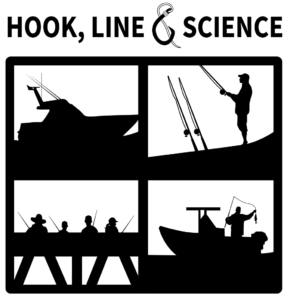
- Categories:

